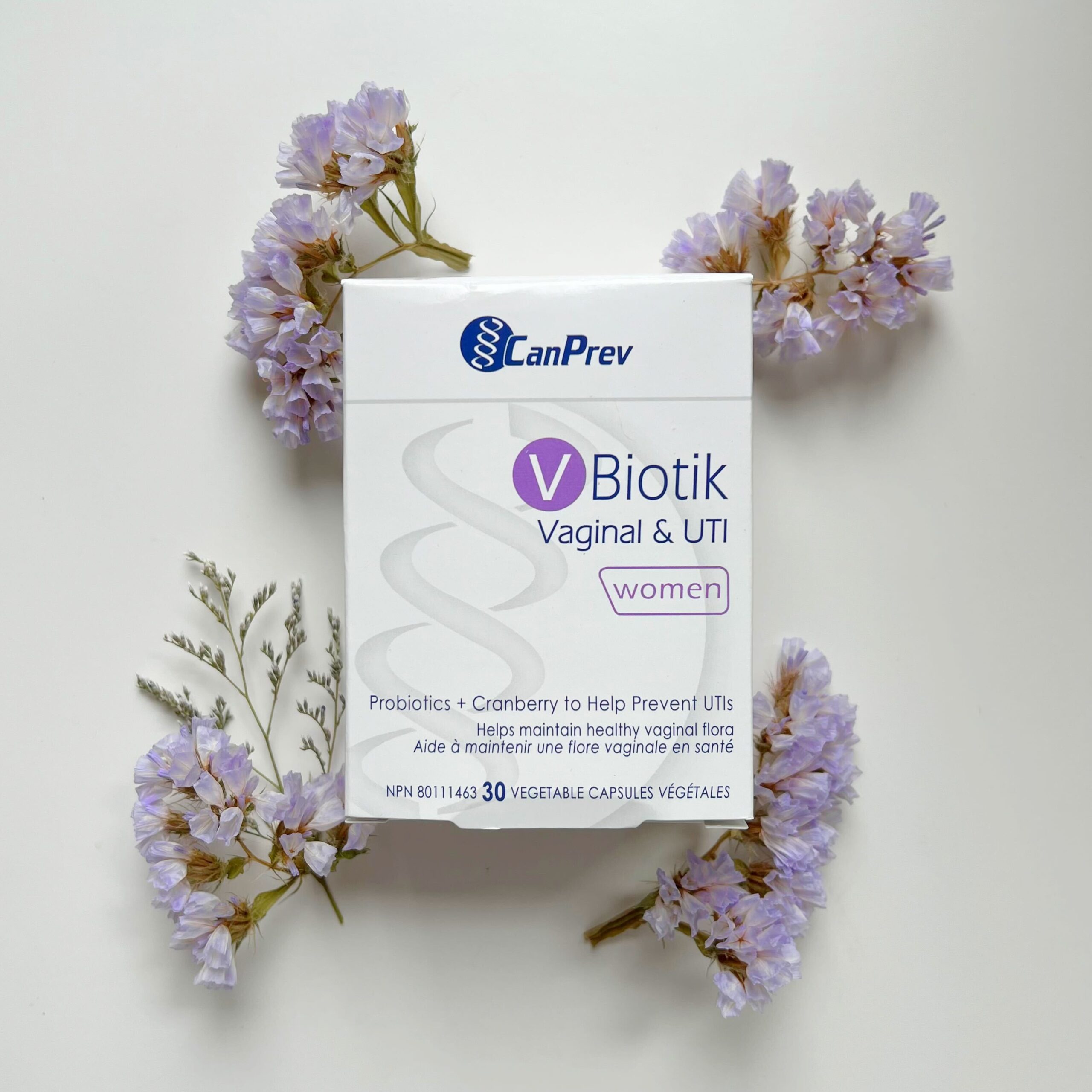Our bodies are complex and fascinating. They’re also always communicating with us, giving us signs to let us know when we’re healthy and when something is not right. If you find yourself googling symptoms when something feels off down there, you’re not alone. But just like we can’t understand an unfamiliar language, we may not always be able to decipher what our vaginas are telling us.
That’s why it’s important to learn about the various signals your body may give you and what they each mean for your overall wellbeing.
Are you ready to start speaking your vagina’s language? Let’s get to it.
Getting familiar with your vagina
The vagina is a self-cleaning canal-like organ with a naturally acidic pH level. It communicates with us through a wide range of smells and discharge. Factors like age, daily lifestyle, diet, hygiene, hormonal imbalance, and sexual intercourse can influence the pH of your vagina, but it generally tends to sit between 3.8 and 5.0. Variations in the pH levels inside the vagina can influence how the vagina smells and the texture and colour of discharge.
This discharge is how the vagina cleans itself, and it’s also a way to better understand what’s going on inside you. If you notice a change in the smell or appearance of your discharge, be sure to bring it up with your healthcare practitioner. Here’s what you can keep an eye out for.
Signs your vagina is healthy
Since our bodies are constantly changing, even within the day, there are many ways to tell what’s going on in our vaginas. And remember that everyone is different, so you may not experience all of these signals.
Ideally, healthy vaginal discharge should be clear or white. It’s completely normal for discharge to vary in texture or consistency, from watery and sticky to a little thicker. While some people experience little discharge, others produce higher amounts. The amount can change depending on factors like pregnancy, the use of birth control, the phase of menstrual cycle you are in, and more.
Similarly, the way your vagina smells can also change. Here are some smells that are generally associated with a healthy vaginal flora.
Sour, tangy, bready, vinegar or yogurt-like
This indicates a healthy, acidic vaginal environment. It’s common for vaginas to have a fermented type of smell, like sourdough bread or even beer. This is because these types of foods and your vaginal microbiome contain good bacteria called Lactobacilli. This type of bacteria is also what helps keep the vaginal environment acidic and protects against the overgrowth of harmful bacteria.
Earthy, musty, ripe, or body odour-like
We have sweat glands all over our bodies. And there are two types – apocrine and eccrine. While eccrine glands are responsible for cooling the body down and can be found throughout the body, apocrine glands respond to our emotions and is located in the armpits and the groin.
Since we have sweat glands in the groin, it’s common to have your vagina smell like body odour. This type of smell can also symbolize emotional stress, as we tend to sweat when we are in high stress situations. When you’re stressed or anxious, the apocrine glands produce a milky fluid. Although this fluid has no odour on its own, it can have a strong smell when it interacts with the vaginal bacteria on the vulva.
Sweet, citrusy, or bittersweet
This smell is no cause for concern. If your vaginal discharge smells sweet like molasses, it’s a sign that friendly bacteria are behind it. Like we mentioned earlier, our vaginal pH is constantly shifting, and this type of smell is simply a result of that.
Metallic, tinny, or coppery
Many people have experienced a metallic smell from their vaginal discharge. This smell is common during menstruation since blood contains iron, which has a strong metallic smell. While in most cases this smell is no reason to worry, if you’re experiencing bleeding that is not related to your period, then it’s best to consult a healthcare practitioner.
Signs your vagina needs support
You know your body best, and that means that what’s regular for you may not be the same as someone else. If you notice a sudden change in the colour, texture, or consistency of your vaginal discharge, it may indicate an infection.
For example, yellow, grey or green coloured discharge may suggest a bacterial or sexually transmitted infection (STI). Light or dark brown, or red discharge that doesn’t happen around the time of your menstrual cycle can indicate an underlying medical condition such as a growth in your uterus or cervix, a medication, or hormonal imbalance. Additionally, a thick, white, cottage cheese-like discharge may be an indication of a yeast infection or bacterial vaginosis (BV).
Garlic or onion
Typically, eating a lot of onions and garlic can cause your vaginal discharge to smell like these foods. Sometimes, asparagus, curry and heavily spiced foods can also result in a strong scent that resembles this strong scent. In other cases, a garlic or onion-like smell can be a combination of sweat and a tiny bit of urine. You might experience this smell after a workout or rigorous movement.
When this smell is accompanied by a thick yellow discharge, it can be an indication of an STI such as trichomoniasis, gonorrhea, or chlamydia.
Chemical, bleach, ammonia, or chlorine
If you notice a chemical smell resembling a newly cleaned bathroom, it can mean a few different things. It could be due to a build-up of urine. This is because urine contains a byproduct of ammonia, known as urea. An accumulation of urine in your underwear or around your vulva can cause a chemical smell. It’s also important to note that urine that has a strong ammonia smell can be a sign of dehydration.
Fishy
Conditions like BV, yeast infections, and trichomoniasis tend to give off a pungent fishy odour. This is because trimethylamine, a chemical compound responsible for the smell of rotting fish, can be found in abnormal vaginal discharge.
Rotten food
If you notice a strong rotten smell that reminds you of food that’s gone bad, it may not be your vagina. But rather, something inside your vagina – a forgotten tampon. Leaving a tampon inside your vagina is more common than you may think, and it’s not something you need to feel embarrassed about. But it is important to remove the tampon as soon as you remember. As you can imagine, forgetting a tampon inside you is not ideal and can lead to health conditions like toxic shock syndrome (TSS), a rare bacterial infection.
How can you support your vaginal health?
Your vaginal health is a vital part of your overall wellbeing. Consuming a nutritious diet that promotes the growth of healthy vaginal bacteria such as yogurt and kombucha, or taking a probiotic supplement, can help you maintain an ideal vaginal environment.
Following proper hygiene by washing your vagina and vulva daily can also help prevent bad vaginal odours and discharge. Another tip is to wear comfortable underwear that allows your vagina to breathe, such as those made of cotton.
We understand that talking about your vaginal health can sometimes be an uncomfortable topic. However, getting to know your vagina well by understanding its various smells, colours, textures, and consistencies, as well as what they all mean can help you feel in control of your overall health.
The information in this article is not intended to be a substitute for professional medical advice, diagnosis or treatment. Always seek the advice of a qualified health professional regarding any questions about your medical condition. Do not disregard professional medical advice or wait to seek advice or treatment because of something you have read here.
Sources:
Vaginal pH Value for Clinical Diagnosis and Treatment of Common Vaginitis
Everything You Need to Know About Maintaining Your Vaginal pH Balance
Vaginal Discharge
Molasses to Pennies: All the Smells a Healthy Vagina Can Be
Why Does My Vagina Smell Like Onions, and How Is It Treated?
Why Does My Vagina Smell Like Onions?
Vaginal Bleeding Between Periods
Trimethylamine content in vaginal secretion and its relation to bacterial vaginosis



